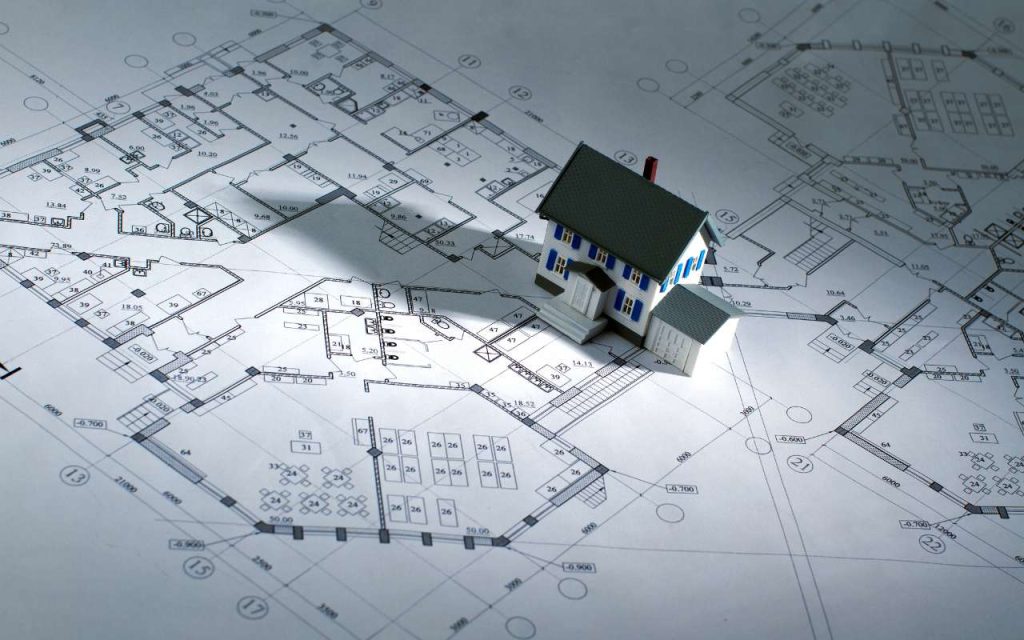Looking for SAP Calculations Lincoln? SAP calculations are based on architect plans and measurements. They are used by the government to assess the energy performance of new and existing homes. They show how the building will run, what the energy costs will be and the CO2 emissions that will be regulated. They also show how the dwelling will meet the government’s energy policy.
The UK Building Regulations require SAP Calculations for new builds and conversions. These calculations are used to produce a Predicted Energy Assessment (PEA).
The process of calculating a property’s energy performance is called the Standard Assessment Procedure (SAP). It uses a calculation programme to identify factors which contribute to the energy performance rating.
L1A SAP Calculations Lincoln
Having a home energy audit performed is a good way to make sure your house meets the building regulations. It will give you an idea of your consumption of fuel and how you could save some cash over the long term. For larger houses, it’s important to use energy efficient systems to keep the cost of heating down.
Having an energy efficient home is not as complicated as it sounds. It’s all about the right type of insulation, heating controls and solar panels to name a few. It’s also a good idea to check the seals on doors and windows. This will keep the heat in and prevent costly renewable technologies later on.
An energy efficient home should also be able to withstand an air leakage test and be built to code. It’s a good idea to use a contractor who is well versed in the building regulations. The best way to do this is to get an energy survey performed before the work is started.
New Build SAP Calculations in Lincolnshire
Whether you’re building a new home, converting an existing one, or making an extension, you will need to undertake SAP calculations. These calculations can give you a good idea of how energy efficient your home will be.
The Standard Assessment Procedure, or SAP, is a government method used to assess the energy performance of new build homes. It calculates energy consumption and carbon dioxide emissions.
SAP is based on the assumption that a home’s energy consumption is influenced by the floor area of the house, and the heating and ventilation systems used within the home. SAP also takes into account energy use from appliances.
When calculating a home’s SAP rating, the Department of Energy and Climate Change uses a series of factors to determine the house’s energy efficiency. The factors include the type of building, the size and shape of the dwelling, the type of windows and doors, and the type of roof.
When Should An SAP Calculation Be Carried Out?
Performing an SAP calculation can help to ensure the development’s design meets the requirements. This will help to reduce rework and save time when the development is completed.
As part of the Building Regulations Part L, SAP calculations are required for all new construction. SAP calculations are also required for conversions and extensions to residential properties.
An SAP calculation will determine the energy performance of a residential property. These calculations are carried out to ensure that a building meets the requirements of the Building Regulations. They are also designed to reduce the carbon footprint of residential buildings. The energy ratings of buildings are calculated by measuring the amount of energy consumed and the amount of energy used to heat the building.
The SAP rating is based on the energy costs of water heating, space heating and ventilation. It also considers the average, comfortable way of living.
SAP Calculations For Commercial Dwellings
Whether you’re extending a commercial property or converting a residential property, you will need to complete SAP Calculations. These will help you demonstrate compliance with Part L of the Building Regulations.
There are two types of SAP calculations. The first is for new builds. These calculations are designed to demonstrate the energy efficiency of new dwellings. The other is for existing dwellings.
In the United Kingdom, the Standard Assessment Procedure is a government method for calculating the energy performance of a dwelling. It is required for all new builds, conversions and extensions.
The calculations are carried out by qualified assessors. They help you to minimise the use of energy and carbon emissions. The final report is submitted to Building Control for let or sale. If you fail to achieve the required rating, your development cannot be marketed.
The cost of SAP Calculations will vary depending on the size of your project. For example, the number of units and the complexity of the building will affect the cost of the calculations. Depending on the requirements, the SAP Calculations can range from PS120 to PS330.
It’s a good idea to seek help from a SAP assessor if you’re converting or extending a commercial property. This will ensure that your plans will pass. It will also prevent costly redesign.
A SAP assessor will also help shape the energy profile of your new dwelling. This will help you to determine whether your dwelling will meet the target energy emission rate.

